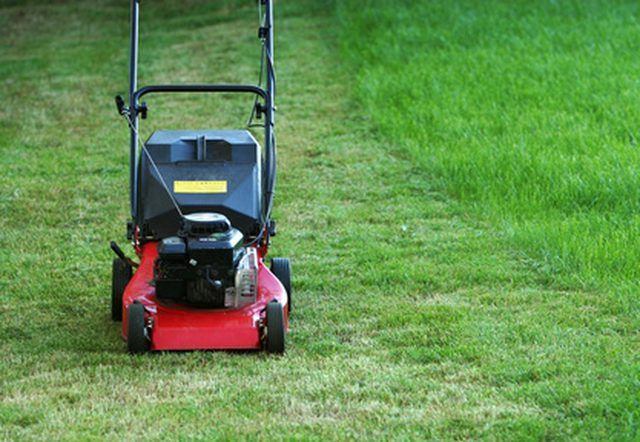Bulbs
Flower Basics
Flower Beds & Specialty Gardens
Flower Garden
Garden Furniture
Garden Gnomes
Garden Seeds
Garden Sheds
Garden Statues
Garden Tools & Supplies
Gardening Basics
Green & Organic
Groundcovers & Vines
Growing Annuals
Growing Basil
Growing Beans
Growing Berries
Growing Blueberries
Growing Cactus
Growing Corn
Growing Cotton
Growing Edibles
Growing Flowers
Growing Garlic
Growing Grapes
Growing Grass
Growing Herbs
Growing Jasmine
Growing Mint
Growing Mushrooms
Orchids
Growing Peanuts
Growing Perennials
Growing Plants
Growing Rosemary
Growing Roses
Growing Strawberries
Growing Sunflowers
Growing Thyme
Growing Tomatoes
Growing Tulips
Growing Vegetables
Herb Basics
Herb Garden
Indoor Growing
Landscaping Basics
Landscaping Patios
Landscaping Plants
Landscaping Shrubs
Landscaping Trees
Landscaping Walks & Pathways
Lawn Basics
Lawn Maintenance
Lawn Mowers
Lawn Ornaments
Lawn Planting
Lawn Tools
Outdoor Growing
Overall Landscape Planning
Pests, Weeds & Problems
Plant Basics
Rock Garden
Rose Garden
Shrubs
Soil
Specialty Gardens
Trees
Vegetable Garden
Yard Maintenance
Troubleshooting Idling Problems in Push Lawn Mowers
Troubleshooting Idling Problems in Push Lawn Mowers. Older gas powered lawnmowers can develop engine and idle speed problems. Idle speed problems mean an engine running too fast, too rough or easily stalling. By checking a few key things on your lawnmower, you can fix the problem. If not, it will give you a better idea of what is wrong with the...

Older gas powered lawnmowers can develop engine and idle speed problems. Idle speed problems mean an engine running too fast, too rough or easily stalling. By checking a few key things on your lawnmower, you can fix the problem. If not, it will give you a better idea of what is wrong with the machine. Troubleshooting your lawnmower only takes a few moments.
Switch off the lawnmower. Turn the mower on its side, and look at the blades. Make sure nothing is clogging the mechanism or preventing the blades from turning. If the blades are restricted, it will affect how the engine runs. Wet grass and sticks can become caked around the blades. Carefully scrape off any excess debris.
Check the choke. Some models of lawnmower are fitted with a manual choke system that adjusts the mixture of air and fuel in the engine. The choke is pulled to its maximum when starting a cold engine, but should be pushed back to neutral once the engine is started. An incorrect choke set-up can cause the engine not to start, to stall or to run roughly.
Check the throttle cable. The throttle is used to rev the engine and speed up the blades during use. If the cable has slipped or come loose, the engine may not idle or run properly.
Check the fuel cut-off switch. Some lawnmowers have a cut-off switch to prevent children from starting them or for keeping the mower in storage. If the fuel cut-off switch is on, the engine will not start or may only run for a few seconds.
Call a professional. If none of the above steps solve or give a clear indication of the problem, you may need to call a professional repairman. Look in your telephone directory for a suitable shop.
Tips & Warnings
Always shut down your mower before inspecting the blades. Use caution examining your mower if it has been running; parts may be hot.